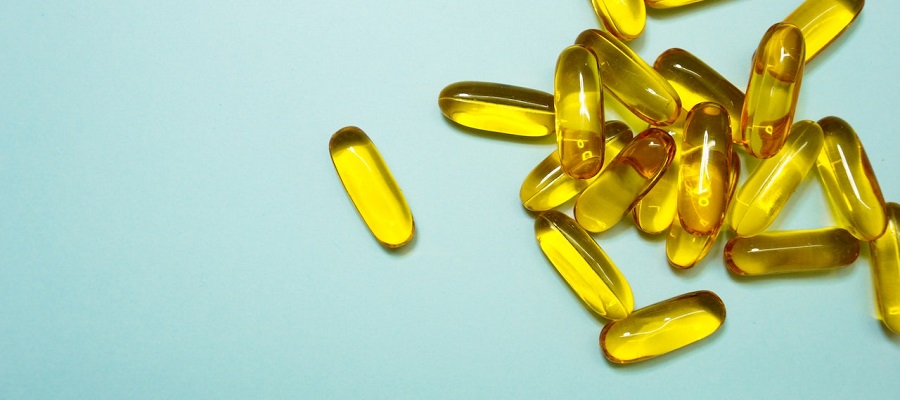Amino acids are organic compounds that are the building blocks of proteins. There are 20 different amino acids that can be combined in various ways to form the proteins that are essential for the structure, function, and regulation of the body's tissues and organs.
Amino acids are classified into two main categories: essential and non-essential. Essential amino acids are those that the body cannot synthesize on its own and must be obtained from the diet. Non-essential amino acids can be synthesized by the body and do not need to be obtained from the diet.
Each amino acid has a specific set of characteristics that make it unique. The sequence of amino acids in a protein determines its three-dimensional structure and, in turn, its function. Proteins perform a wide variety of functions in the body, including catalyzing chemical reactions, transporting molecules, and providing structure and support to tissues.
In addition to their role as the building blocks of proteins, amino acids also play a number of other important roles in the body. For example, some amino acids are used as precursors for the synthesis of hormones, enzymes, and other biologically active molecules. Others are involved in the regulation of blood sugar levels and the metabolism of fats.
What are the 12 amino acids?
The 20 amino acids that are commonly found in proteins can be divided into two main categories: essential and non-essential. Essential amino acids are those that the body cannot synthesize on its own and must be obtained from the diet, while non-essential amino acids can be synthesized by the body and do not need to be obtained from the diet.
The 12 essential amino acids are:
It is important to note that the specific essential amino acids may vary depending on the age and nutritional needs of an individual. For example, histidine is considered essential for infants, but is not considered essential for adults. Similarly, arginine is considered essential for infants, but is not considered essential for adults under normal circumstances.
Which foods are high in amino acids?
Amino acids are the building blocks of proteins, and protein-rich foods are generally good sources of amino acids. Some examples of foods that are high in amino acids include:
-
Meat, poultry, and fish: These foods are rich in complete proteins, which means they contain all of the essential amino acids in appropriate amounts.
-
Eggs: Eggs are another good source of complete proteins and are also high in several essential amino acids, including leucine, isoleucine, and valine.
-
Dairy products: Milk, cheese, and yogurt are all good sources of complete proteins and contain all of the essential amino acids.
-
Legumes: Beans, lentils, and chickpeas are good sources of plant-based protein and contain several essential amino acids, including lysine, threonine, and tryptophan.
-
Nuts and seeds: Nuts and seeds, such as almonds, cashews, and sunflower seeds, are good sources of protein and contain several essential amino acids.
-
Whole grains: Whole grains, such as oats, quinoa, and bulgur, are also good sources of protein and contain several essential amino acids.
-
Vegetables: Many vegetables, such as broccoli, spinach, and kale, contain small amounts of protein and some essential amino acids.
It is important to note that a varied diet that includes a variety of protein-rich foods can help ensure that a person is getting an adequate intake of all of the essential amino acids.
Which foods are high in amino acids?
It is difficult to identify the "most important" amino acids, as each of the 20 amino acids that are commonly found in proteins plays a unique and vital role in the body. However, there are several amino acids that are particularly important for maintaining good health:
-
Leucine: Leucine is an essential amino acid that plays a number of important roles in the body. It is involved in the synthesis of proteins and is also a key regulator of muscle protein synthesis. Leucine is also important for the regulation of blood sugar levels and the metabolism of fats.
-
Lysine: Lysine is another essential amino acid that is important for protein synthesis and the absorption of calcium. It is also involved in the production of collagen, a protein that is important for the structure and function of skin, bone, and connective tissue.
-
Methionine: Methionine is an essential amino acid that is important for the synthesis of proteins, enzymes, and hormones. It is also a precursor to the antioxidant glutathione, which helps protect cells against oxidative stress and damage. Methionine is also involved in the detoxification of harmful substances in the body.
It is worth noting that all of the essential amino acids are important for good health, and a deficiency in any of them can have negative consequences. It is important to consume a varied diet that includes a variety of protein-rich foods to ensure an adequate intake of all of the essential amino acids.
Which vegetable has all amino acids?
There are no vegetables that contain all of the essential amino acids in sufficient amounts to meet the body's needs. While many vegetables do contain some protein and some essential amino acids, they are generally not considered good sources of complete proteins, meaning they do not contain all of the essential amino acids in appropriate amounts.
It is important to consume a varied diet that includes a variety of protein-rich foods to ensure an adequate intake of all of the essential amino acids. Good sources of complete proteins include meat, poultry, fish, eggs, dairy products, and some legumes, such as soybeans and lentils.
It is also possible to combine plant-based sources of protein, such as grains and legumes, to create a "complete" protein. For example, beans and rice, or peanut butter on whole grain bread, are both combinations that contain all of the essential amino acids. However, it is worth noting that plant-based sources of protein are generally not as efficient at promoting muscle protein synthesis as animal-based sources.


